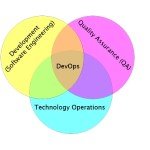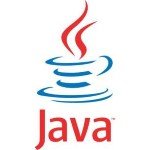Databases
-
Enterprise Java

Spring Boot & Databases: The Perfect Match (No More Struggles!)
Let’s face it, building applications is exciting! But the moment you need to connect your shiny Spring Boot app to…
Read More » -
Software Development

Taming the Data Deluge: Why Databases and SQL Are Essential
In today’s digital world, data is king. It fuels everything from social media feeds to scientific discoveries. But with this…
Read More » -
Software Development

Quick Guide to YugabyteDB
Hello. In this quick guide, we will explore the key features and concepts of YugabyteDB, along with some practical use…
Read More » -
DevOps

Latency of DigitalOcean Spaces vs AWS S3
WakaTime’s infra is split across DigitalOcean and AWS. We use DigitalOcean Droplets for compute resources, AWS S3 to store code stats, and DigitalOcean Spaces for backups. You can find…
Read More » -
DevOps

Using a disk-based Redis clone to reduce AWS S3 bill
Redis is an in-memory database with very high write and read speed, and a limitation that data sets can’t be larger…
Read More » -
Core Java

Saving JetBrains MPS models in a database using Modelix
JetBrains MPS is our tool of choice to build Domain Specific Languages targeting professionals who are not developers. MPS is…
Read More » -
Software Development

My Advice To Developers About Working With Databases: Make It Secure
Last month Ben Brumm asked me for the one advice I’d like to give to developers that are working with…
Read More » -
Software Development

Use the Power of your Database: XML and JSON
Today databases have a lot of functionality that is often not used by software developers because they simply not know…
Read More » -
Enterprise Java

Java: Release of Speedment 3.2 – Now Enabling Lightweight Database Microservices
Several traditional ORMs do not fully honor Java module encapsulation (JPMS). This often means a lot of unnecessary files and…
Read More »





